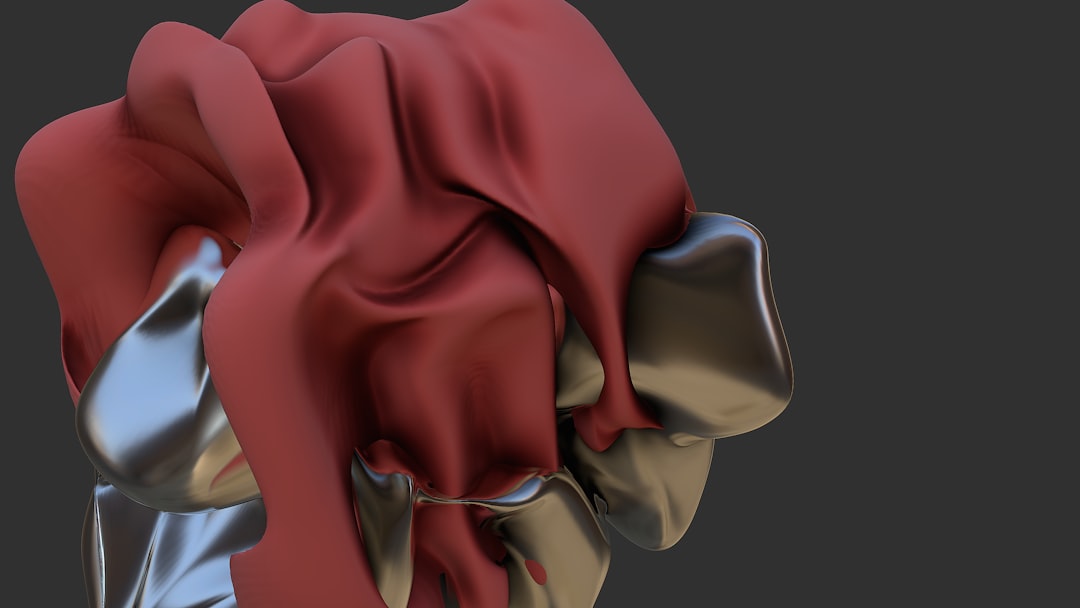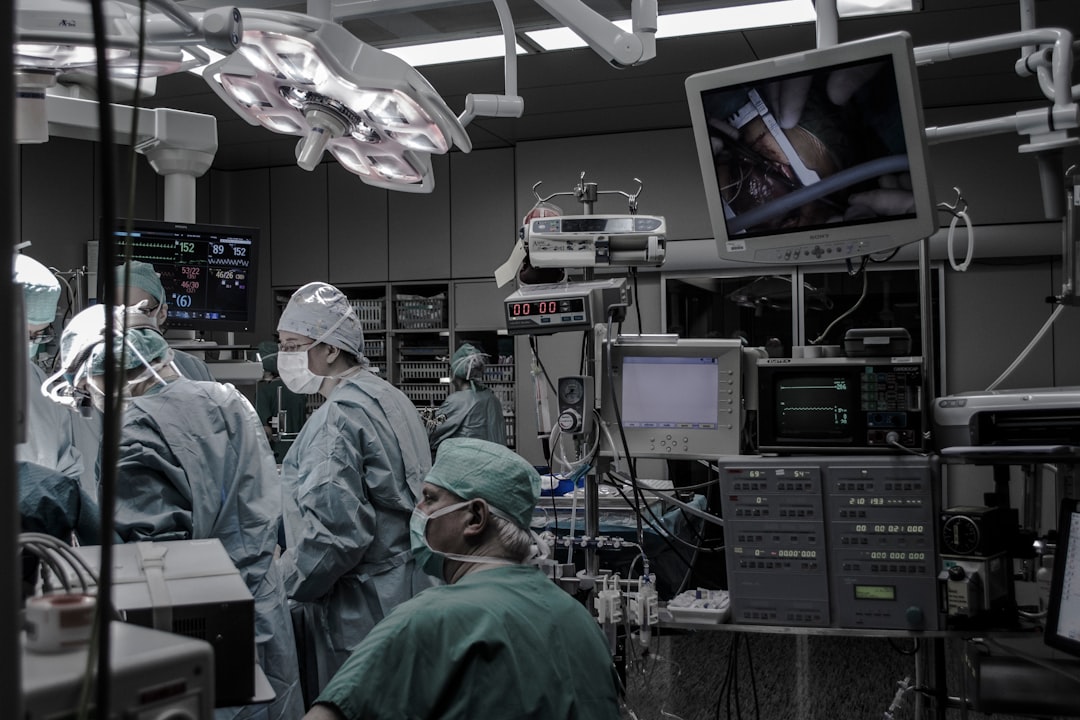Introduction
The VR Dental Training Lab has revolutionized the field of dentistry by providing a cutting-edge platform for dental visualization and training. But have you ever wondered how this innovative software came to be? In this article, we’ll delve into the history of VR Dental Training Lab, from its humble beginnings as research software to its current status as a global leader in dental education.
The Early Days: Research and Development
The concept of VR Dental Training Lab was first conceived in the early 2000s, when a team of researchers at a leading university began exploring the potential of virtual reality (VR) technology in the field of dentistry. Initially, the focus was on developing a software tool that could simulate various dental procedures, allowing students and professionals to practice and hone their skills in a safe and controlled environment.
Through a series of grants and funding, the research team was able to develop a basic prototype of the software, which was initially met with skepticism by the dental community. However, as the technology continued to evolve and improve, it became clear that VR Dental Training Lab had the potential to revolutionize the way dentists were trained.
The Evolution of VR Dental Training Lab
Over the next several years, the VR Dental Training Lab underwent significant transformations, driven by advances in VR technology and feedback from the dental community. The software became more sophisticated, with the addition of features such as 3D visualization, haptic feedback, and realistic simulations of various dental procedures.
In 2010, the VR Dental Training Lab was officially launched as a commercial product, and it quickly gained popularity among dental schools and professionals. The software’s ability to provide a realistic and immersive training experience made it an attractive alternative to traditional teaching methods.
Comparison with Legacy Tools
| Feature | VR Dental Training Lab | Legacy Tools |
|---|---|---|
| Realism | Highly realistic simulations of dental procedures | Limited realism, often relying on 2D images or static models |
| Interactivity | Interactive 3D environment with haptic feedback | Non-interactive, often relying on textbooks or static images |
| Cost | Cost-effective, with a one-time licensing fee | High costs associated with equipment, maintenance, and upgrades |
As the VR Dental Training Lab continued to evolve, it became clear that it offered a number of advantages over traditional teaching methods. The software’s ability to provide a realistic and immersive training experience made it an attractive alternative to legacy tools.
The Open-Source Movement
In 2015, the VR Dental Training Lab was released as free and open-source software, allowing developers and users to modify and customize the code to suit their needs. This move was seen as a major milestone in the history of the software, as it allowed for a community-driven approach to development and ensured that the software would remain free and accessible to users around the world.
Comparison with Other Dental Software
| Feature | VR Dental Training Lab | Other Dental Software |
|---|---|---|
| 3D Visualization | Advanced 3D visualization capabilities | Limited 3D visualization capabilities |
| Simulation | Realistic simulations of dental procedures | Limited simulation capabilities |
| Cost | Free and open-source | Commercial software with licensing fees |
Today, the VR Dental Training Lab is widely recognized as a leading platform for dental education and training. Its advanced features, realistic simulations, and cost-effective pricing make it an attractive choice for dental schools and professionals around the world.
Conclusion
In conclusion, the VR Dental Training Lab has come a long way since its humble beginnings as research software. From its early days as a prototype to its current status as a global leader in dental education, the software has undergone significant transformations driven by advances in VR technology and feedback from the dental community. As the software continues to evolve, it is clear that it will remain a major player in the field of dentistry for years to come.





